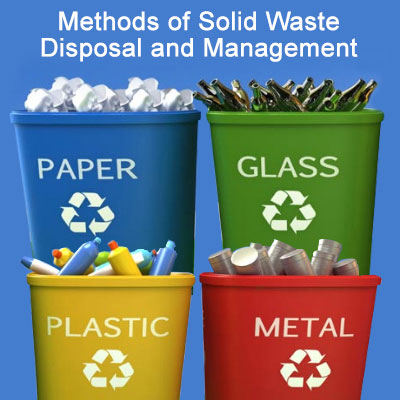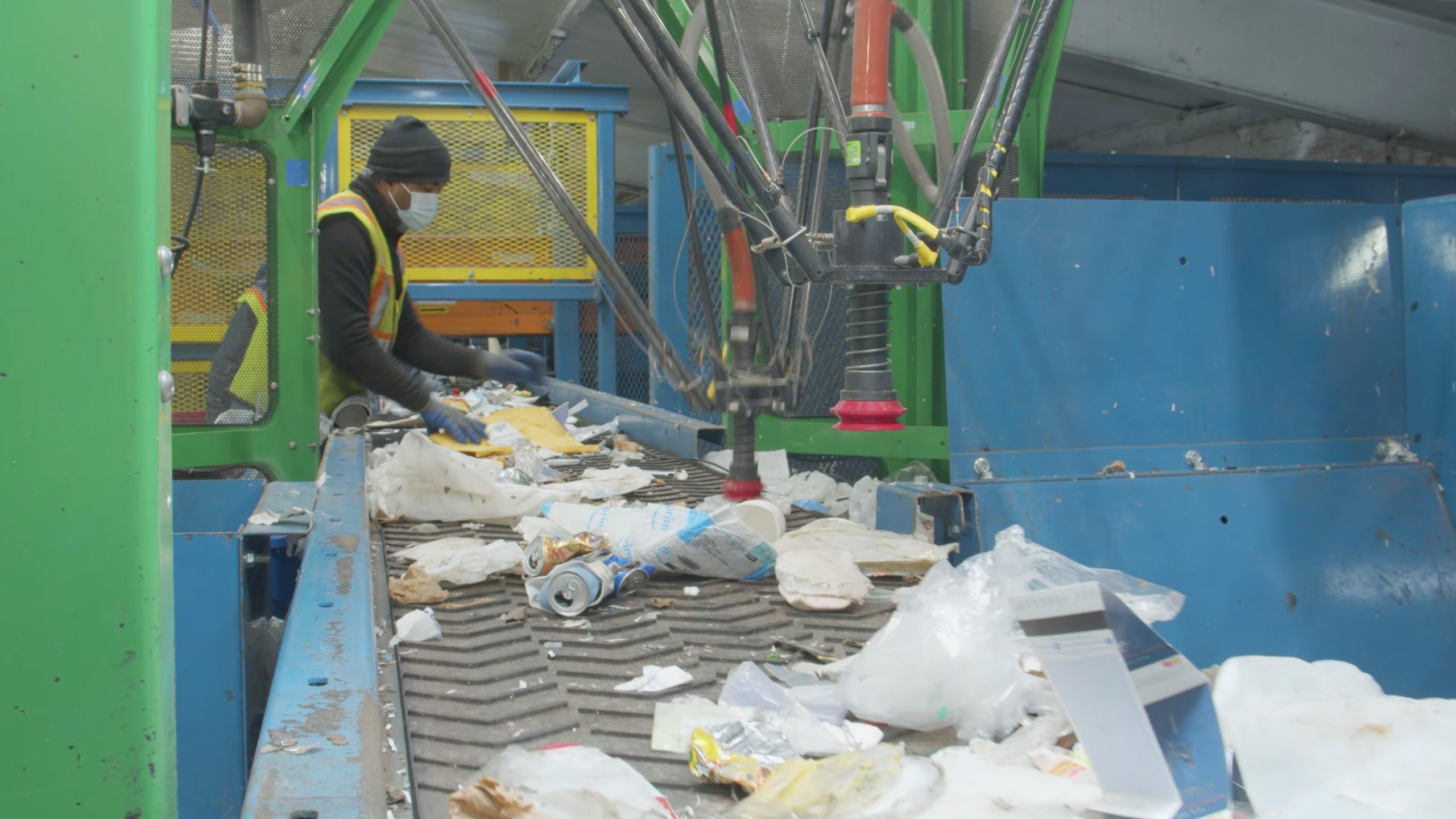Recycling Lives Services: Leading the Way in Liable Recycling
Recycling Lives Services: Leading the Way in Liable Recycling
Blog Article
Discovering Different Kinds Of Waste in Modern Waste Management Equipment
The contemporary landscape of waste administration includes navigating a complex selection of waste types, each needing specialized handling and disposal methods to minimize ecological effects. Local solid waste, contaminated materials, digital waste, and organic waste each existing unique difficulties and chances for source recovery. Cutting-edge services such as wise waste bins and waste-to-energy innovations are emerging as essential devices in boosting effectiveness and sustainability. Comprehending these waste types is important for promoting public understanding and encouraging active engagement in sustainable practices. What methods can efficiently attend to these diverse types of waste while promoting a circular economic situation?
Local Strong Waste
Community strong waste, usually described as house garbage or waste, encompasses a variety of discarded products generated by household, industrial, and institutional resources within a district. This waste stream normally consists of things such as product packaging, food scraps, backyard trimmings, paper, plastics, textiles, and discarded home products. The management of community solid waste is a vital part of urban planning and public health, demanding effective collection, transportation, and disposal systems.
Efficient waste monitoring systems are designed to reduce environmental effect while making best use of source recovery. Composting natural waste, such as food scraps and backyard trimmings, not only reduces landfill usage yet additionally produces important soil changes.
Municipalities should likewise deal with the logistical and financial obstacles related to waste management. Executing pay-as-you-throw systems, improving public recognition, and buying technology can substantially enhance waste diversion prices. By incorporating these practices, communities can foster lasting neighborhoods, decrease greenhouse gas emissions, and conserve natural deposits.
Hazardous Waste

Reliable contaminated materials monitoring entails a number of vital actions: identification, disposal, treatment, and segregation. Identification involves the category of waste based on its harmful properties. Segregation makes certain that hazardous materials are kept independently from non-hazardous waste to avoid cross-contamination. Therapy methods, such as chemical neutralization, incineration, and stabilization, are utilized to minimize the poisoning, volume, or wheelchair of the waste. Ultimately, disposal options, including secure garbage dumps and below ground storage space, are picked to ensure long-lasting control.
Governing frameworks, such as the Resource Preservation and Recuperation Act (RCRA) in the USA, offer guidelines and requirements for contaminated materials management. Adherence to these regulations, paired with innovations in waste treatment technologies, is essential in minimizing the threats connected with contaminated materials.
Digital Waste
Digital waste, generally described as e-waste, represents a swiftly expanding difficulty in waste management systems around the world. This kind of waste encompasses discarded digital gadgets and equipment such as smart devices, computers, televisions, and various other electronic appliances. The quick rate of technological improvement, combined with lowering item life expectancies and consumer need for the most up to date gadgets, has actually greatly increased the quantity of e-waste produced yearly.
E-waste is especially problematic due to its complex structure, typically containing harmful substances like cadmium, mercury, and lead, which present significant ecological and health threats otherwise effectively taken care of. Conversely, e-waste also has valuable products such as silver, copper, and gold, which can be recovered and recycled. The redirected here dual nature of e-waste-- both dangerous and beneficial-- demands specialized handling, recycling, and disposal processes.
Reliable e-waste management involves strict regulative structures, durable collection systems, and advanced recycling innovations. Public understanding and engagement are essential, as incorrect disposal techniques, such as prohibited disposing and informal recycling, intensify ecological contamination and health and wellness dangers. Boosting e-waste monitoring techniques is vital for mitigating ecological influence and recuperating useful sources in a significantly electronic globe.
.jpg)
Organic Waste
Organic waste, making up cooking area scraps, yard trimmings, and farming residues, represents a significant section of the worldwide waste stream. This sort of waste is naturally degradable, meaning it can be damaged down by bacteria into easier natural compounds. Regardless of its potential for all-natural decay, inappropriate management of natural waste can result in damaging environmental influences, including the discharge of greenhouse gases such as methane, which add to environment change.
Efficient monitoring of organic waste is crucial for minimizing these environmental influences (recycling lives services). Composting is a widely embraced approach, transforming natural waste into nutrient-rich compost that can boost dirt health and farming productivity. Furthermore, anaerobic food digestion is an arising technology that transforms organic waste into biogas, an eco-friendly energy source, and digestate, which can be utilized as fertilizer
Municipalities and waste administration entities have to execute robust organic waste collection and treatment programs to optimize the advantages of these procedures. Public education and learning projects can also play a pivotal function in encouraging families and services to different natural waste from other types of waste. By focusing on the monitoring of natural waste, societies can reduce landfill use, lower greenhouse gas exhausts, and create valuable byproducts for agricultural use.

Cutting-edge Waste Monitoring
In the world of waste administration, ingenious methods are changing how societies manage their refuse, intending for sustainability and effectiveness. One famous development is the application of wise waste containers furnished with sensors that keep track of fill degrees and maximize dig this collection courses.
One more notable growth is the fostering of waste-to-energy (WtE) innovations. By converting non-recyclable waste into useful energy through procedures such as incineration and anaerobic food digestion, WtE lowers garbage dump problem and offers a renewable resource resource. Advancements in chemical reusing enable for the malfunction of complicated plastics into their initial monomers, enabling the production of brand-new, top quality plastic products.
Furthermore, the round economy design is gaining grip, stressing the design of products and systems that focus on reusability and source effectiveness. This all natural approach motivates sectors to reduce waste generation from the start. Via these ingenious methods, modern-day waste monitoring systems are not just addressing the prompt challenges of waste disposal but also leading the means for a more sustainable future.
Final Thought
A detailed understanding of municipal go to these guys solid waste, unsafe waste, digital waste, and organic waste, paired with the execution of innovative waste management services, is critical for minimizing environmental impacts. Integrating innovations such as clever waste containers and waste-to-energy systems can enhance effectiveness and sustainability. Reliable waste monitoring methods not just foster source recovery but also promote public understanding and participation, inevitably adding to the advancement of a circular economic situation.
The contemporary landscape of waste monitoring entails navigating a complex array of waste types, each requiring specialized handling and disposal methods to alleviate ecological influences. Local solid waste, unsafe waste, electronic waste, and organic waste each present unique difficulties and chances for resource recovery.Digital waste, commonly referred to as e-waste, represents a quickly expanding difficulty in waste management systems globally. Via these ingenious approaches, modern-day waste administration systems are not just addressing the instant difficulties of waste disposal however additionally leading the method for a much more sustainable future.
An extensive understanding of municipal strong waste, harmful waste, digital waste, and natural waste, paired with the implementation of cutting-edge waste management remedies, is essential for minimizing environmental effects. (recycling lives services)
Report this page